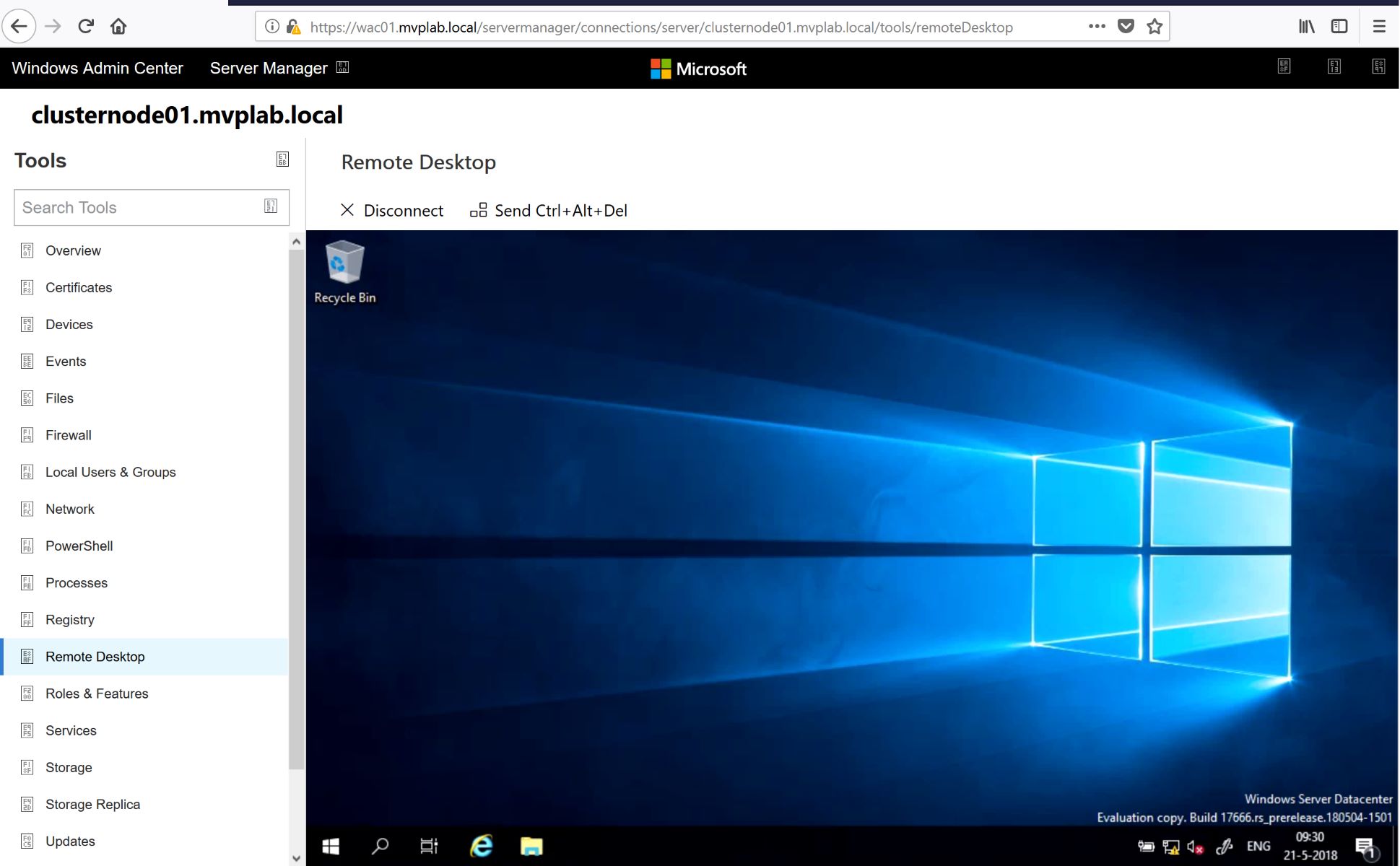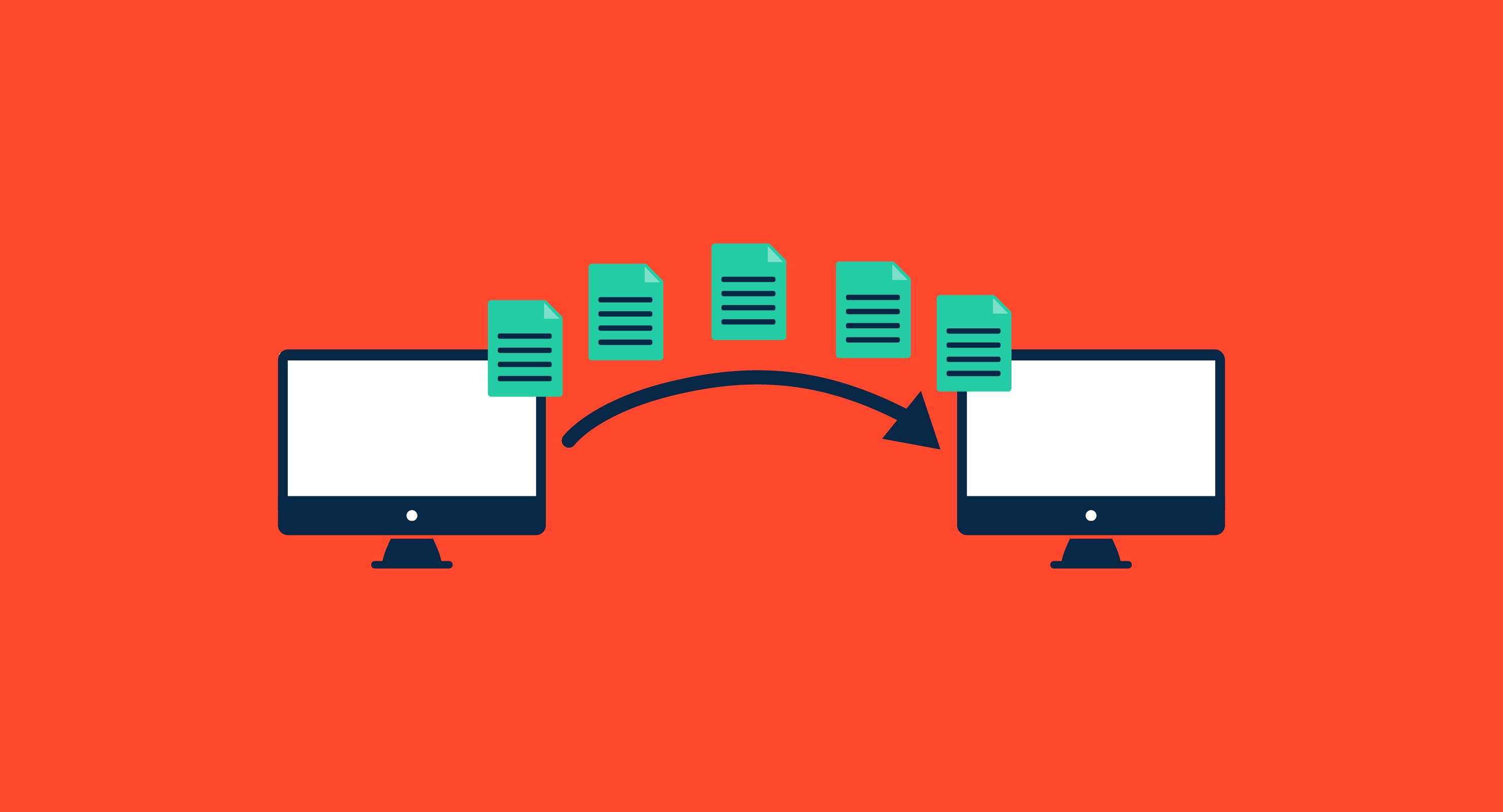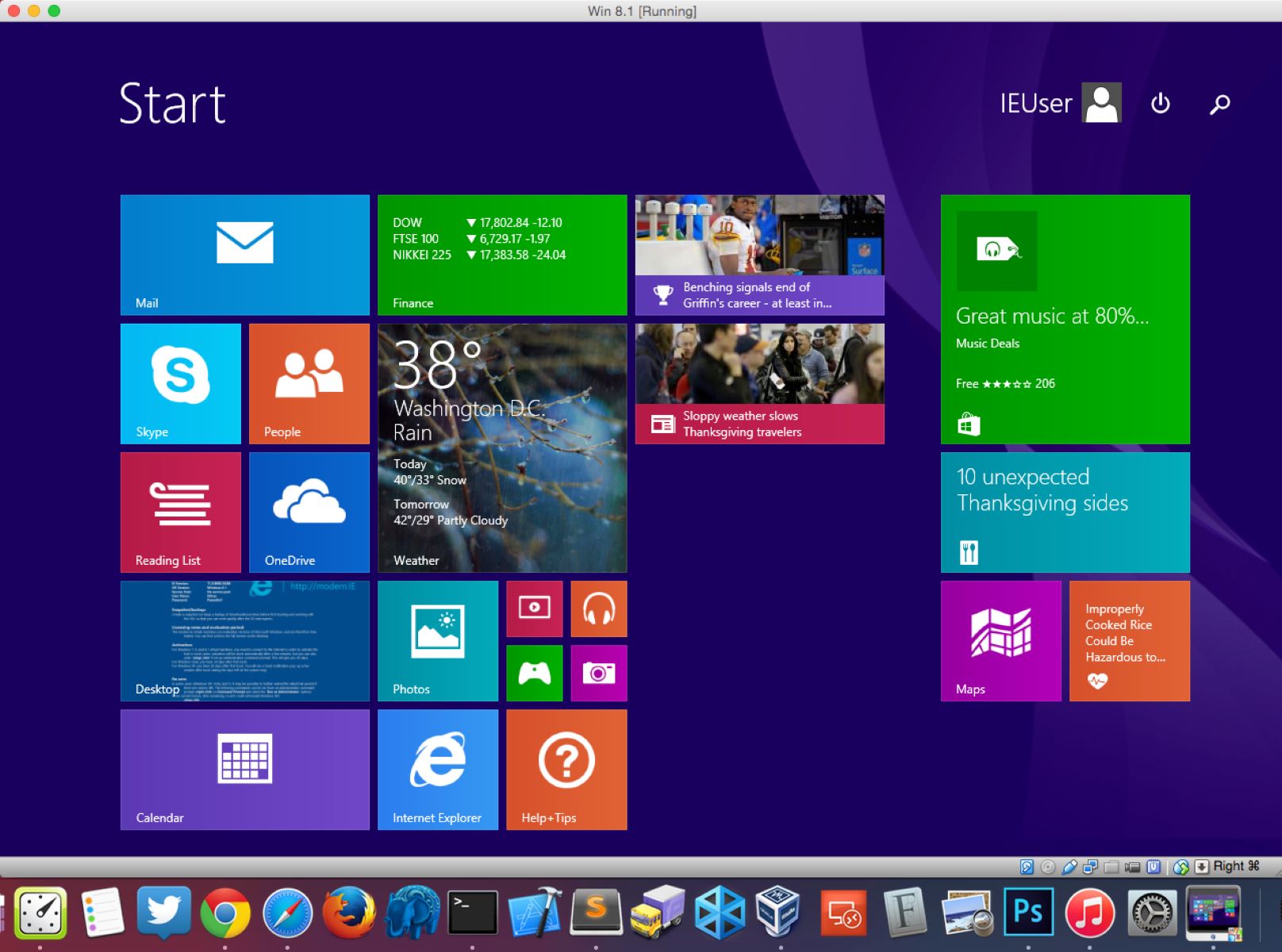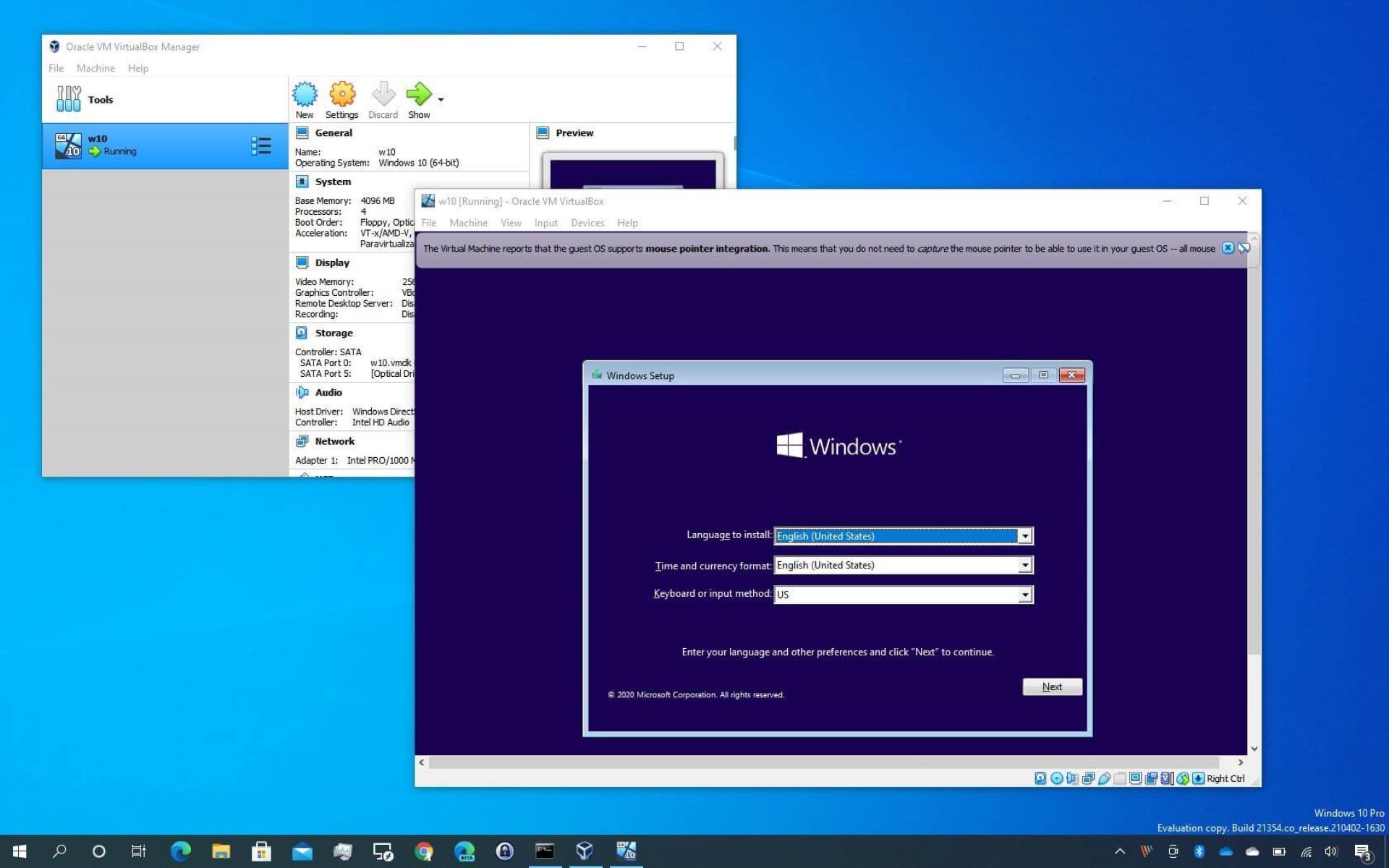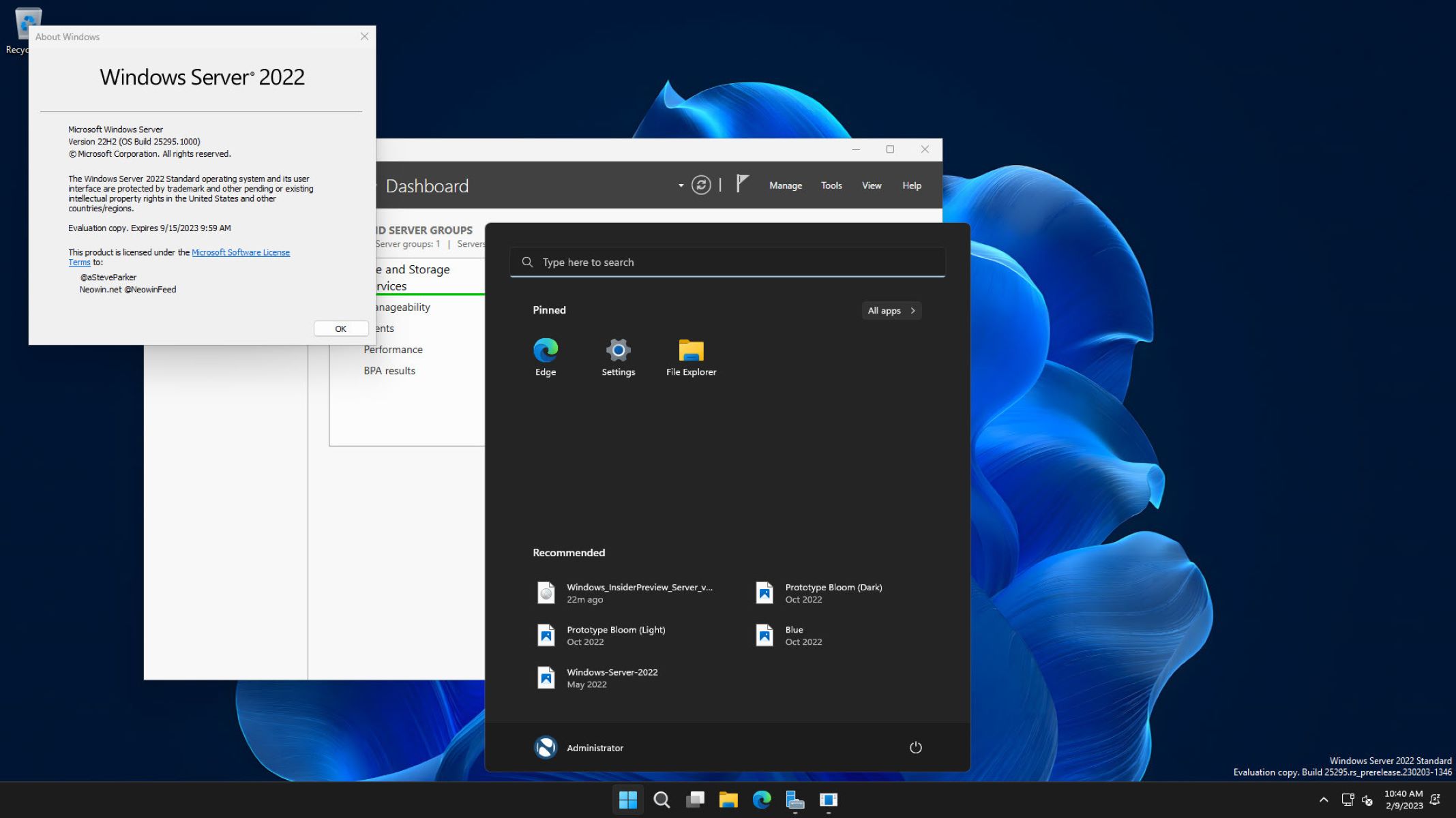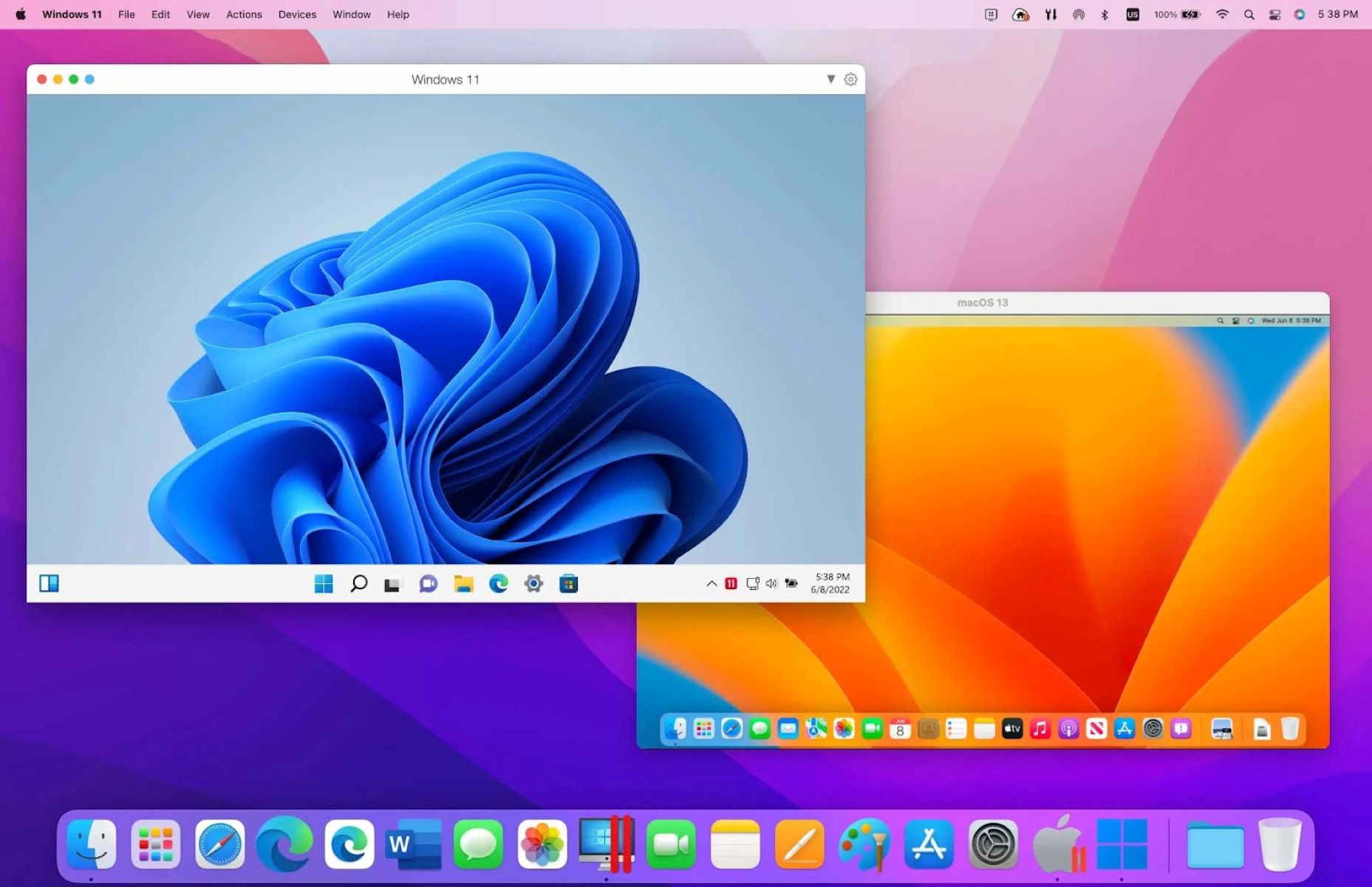Introduction
Connecting to a Hyper-V virtual machine remotely provides convenience and flexibility, allowing you to manage and access virtual machines from a different location or computer. This capability is especially valuable for system administrators and virtualization enthusiasts who need to perform tasks efficiently and without being physically present in front of the physical server hosting the virtual machines.
In this guide, we will explore various options for connecting to Hyper-V virtual machines remotely, providing step-by-step instructions for each method. Whether you prefer using familiar tools like Hyper-V Manager or Windows PowerShell or opt for newer alternatives like Windows Admin Center, we have you covered.
Before diving into the remote connection methods, make sure you have the necessary prerequisites in place. These requirements will vary depending on the specific method you choose, so it’s essential to review them carefully to ensure a smooth and successful remote connection experience. Understanding the prerequisites will also help troubleshoot any issues that may arise along the way.
Connecting to Hyper-V virtual machines remotely offers several advantages. It allows you to launch, pause, resume, and shut down VMs, as well as manage their hardware settings, virtual disks, and networking configurations. Additionally, remote access simplifies the task of troubleshooting and resolving issues without needing physical access to the server.
Now, let’s explore the various options available for connecting to Hyper-V virtual machines remotely, and discover which method suits your preferences and requirements.
Prerequisites
Before you can connect to a Hyper-V virtual machine remotely, ensure you have the following prerequisites in place:
- A Windows operating system with a compatible version of Hyper-V installed.
- The Hyper-V role enabled on the computer hosting the virtual machines.
- Network connectivity between your local machine and the server hosting the virtual machines.
- Proper permissions and access rights to remotely connect to the Hyper-V virtual machines.
- Valid credentials with administrative privileges on the server hosting the virtual machines.
If any of these prerequisites are missing, you may encounter difficulties or be unable to establish a remote connection to the Hyper-V virtual machines. Take the time to verify and ensure that each requirement is met before proceeding with the remote connection methods discussed in the following sections.
It’s also worth noting that certain remote connection methods have additional prerequisites. For example, using Windows PowerShell requires the Hyper-V module to be installed on the local machine, while using Windows Admin Center may require installing the appropriate extension or plugin.
Lastly, make sure to have the necessary information about the Hyper-V virtual machines you intend to connect to. This includes the IP address or hostname of the server hosting the virtual machines, the names or IDs of the virtual machines, and any relevant access credentials or authentication methods.
By meeting the prerequisites and gathering the required information, you will be well-prepared to connect to Hyper-V virtual machines remotely and perform various management tasks with ease and convenience.
Option 1: Using Hyper-V Manager
Hyper-V Manager is a built-in management tool for the Hyper-V virtualization platform in Windows. It provides a graphical interface to manage and control virtual machines on the local and remote servers. Follow these steps to connect to a Hyper-V virtual machine remotely using Hyper-V Manager:
- Launch Hyper-V Manager by searching for it in the Start menu or using the Run dialog (press Windows key + R and type “virtmgmt.msc”).
- In the Hyper-V Manager window, click on the “Connect to Server” option in the Actions panel on the right.
- In the “Connect to Server” dialog, select the “Another Computer” option.
- Enter the name or IP address of the server hosting the virtual machines in the “Another Computer” field, and click “OK”.
- If prompted, enter the appropriate credentials with administrative privileges for the remote server.
- Once connected, you will see the list of virtual machines available on the remote server. Double-click on a virtual machine to open its management console.
Once connected to a Hyper-V virtual machine, you can perform various management tasks, such as starting, stopping, pausing, and restarting the virtual machine, as well as managing its settings, snapshots, and network configurations.
With Hyper-V Manager, you can connect to multiple remote servers and manage their virtual machines simultaneously. This makes it a powerful tool for centralizing and organizing your virtual machine management tasks.
Using Hyper-V Manager is a straightforward and user-friendly method for connecting to Hyper-V virtual machines remotely. It provides a familiar interface and access to essential management features, making it suitable for users who prefer a graphical approach to virtual machine management.
Option 2: Using Windows PowerShell
Windows PowerShell is a powerful command-line shell and scripting language that allows for advanced automation and management of Windows systems, including Hyper-V. Here’s how you can connect to a Hyper-V virtual machine remotely using Windows PowerShell:
- Open Windows PowerShell by searching for it in the Start menu or using the Run dialog (press Windows key + R and type “powershell”).
- Ensure that the Hyper-V module is installed by running the command
Get-Module -ListAvailable Hyper-V. If the module is not listed, install it by running the commandInstall-WindowsFeature -Name Hyper-V -IncludeManagementTools. - Connect to the remote server hosting the Hyper-V virtual machines by running the command
Connect-VIServer -Server <server>, where <server> is the name or IP address of the server. - Enter the appropriate credentials when prompted.
- Once connected, you can manage the virtual machines on the remote server using various PowerShell cmdlets, such as
Start-VM,Stop-VM,New-VM,Remove-VM, and more.
Windows PowerShell provides a flexible and scriptable approach to managing Hyper-V virtual machines remotely. You can create complex scripts to automate repetitive tasks, leverage PowerShell’s extensive library of cmdlets, and remotely manage multiple Hyper-V servers with ease.
It’s important to note that PowerShell requires administrative privileges and the appropriate permissions to connect to and manage remote Hyper-V virtual machines. Ensure that you have the necessary access rights before attempting to connect using Windows PowerShell.
If you’re comfortable with command-line interfaces and enjoy the power and flexibility of scripting, using Windows PowerShell to connect to and manage Hyper-V virtual machines remotely is an excellent option.
Option 3: Using Remote Desktop Connection
Remote Desktop Connection (RDC) is a built-in Windows feature that allows you to access and control a remote computer over a network connection. You can also use RDC to connect to a Hyper-V virtual machine running on a remote server. Here’s how to do it:
- Open the Remote Desktop Connection application by searching for “Remote Desktop Connection” in the Start menu.
- In the Remote Desktop Connection dialog, enter the IP address or hostname of the server hosting the Hyper-V virtual machine in the “Computer” field.
- Click the “Connect” button to initiate the connection.
- If prompted, enter the appropriate credentials for the remote server.
- Once connected, you will see the desktop of the remote server. From there, you can access and control the Hyper-V virtual machine as if you were physically in front of it.
Using Remote Desktop Connection provides a graphical interface for interacting with Hyper-V virtual machines remotely. It allows you to perform tasks within the virtual machine as if you were directly interacting with its desktop. This method is particularly useful when you need to run applications or perform actions that require a graphical interface within the virtual machine.
Keep in mind that when using Remote Desktop Connection, you are not directly managing the Hyper-V virtual machine itself but accessing it within a remote desktop session. This means that you may need to configure network settings or permissions within the virtual machine to allow remote desktop connections.
Remote Desktop Connection is a convenient method for accessing and managing Hyper-V virtual machines remotely. It provides a familiar desktop experience and is well-suited for users who prefer a graphical interface for managing their virtual machines.
Option 4: Using Windows Admin Center
Windows Admin Center is a modern, web-based management tool that allows you to manage and monitor Windows servers and Windows 10 devices from a centralized interface. It also provides built-in support for managing Hyper-V virtual machines remotely. Follow these steps to connect to a Hyper-V virtual machine using Windows Admin Center:
- Open a web browser and navigate to the Windows Admin Center URL or launch the Windows Admin Center application on your local machine.
- In Windows Admin Center, click on the “Add” button to add the server hosting the Hyper-V virtual machines.
- Enter the IP address or hostname of the server in the “Server name or IP address” field.
- Enter the appropriate credentials with administrative privileges for the remote server.
- Click the “Add” button to add the server to Windows Admin Center.
- Once the server is added, click on its name to access the management interface.
- In the server management interface, click on “Virtual Machines” to view the list of available virtual machines.
- Click on a virtual machine to manage it, perform tasks such as starting or stopping it, modifying settings, and more.
Windows Admin Center provides a modern and intuitive interface for managing Hyper-V virtual machines remotely. It offers a wide range of management capabilities and tools specific to Hyper-V, including virtual machine creation, disk management, networking configuration, snapshots, and more.
One of the key advantages of using Windows Admin Center is its ability to manage multiple servers and Hyper-V hosts from a single interface. It provides a centralized management solution for larger Hyper-V environments, reducing the need to connect individually to each server.
Windows Admin Center offers an array of features, making it a powerful tool not only for managing Hyper-V virtual machines but also for overall server administration. It enables you to streamline your management tasks and enhances your efficiency in maintaining your virtualized environment.
Troubleshooting Common Issues
While connecting to Hyper-V virtual machines remotely, you may encounter various issues that can hinder the successful establishment of a remote connection. Here are some common problems and troubleshooting steps to help you overcome them:
- Network connectivity: Ensure that there is proper network connectivity between your local machine and the server hosting the virtual machines. Check network cables, firewall settings, and network configurations to address any connectivity issues.
- Correct credentials: Verify that you are using the correct credentials with administrative privileges to connect to the remote server. Double-check the username, password, and domain (if applicable) to rule out any credential-related problems.
- Firewall settings: Make sure that the necessary firewall rules are configured to allow remote connections to the Hyper-V server. Check both the local firewall on your machine and the firewall on the remote server to ensure that the required ports are open.
- Permissions and access rights: Ensure that you have the appropriate permissions and access rights to remotely connect to and manage the Hyper-V virtual machines. Verify that your user account has the necessary privileges to access the virtual machines and perform management tasks.
- Software updates: Ensure that your system is up to date with the latest software updates, including Windows updates, Hyper-V updates, and any relevant service packs. Outdated software versions can cause compatibility issues and functionality limitations.
- Virtual machine configuration: Check the configuration settings of the virtual machine you are trying to connect to. Ensure that it is in a running or powered-on state, and that it has network connectivity and the necessary remote management settings enabled.
- Hardware resources: Verify that the server hosting the virtual machines has sufficient hardware resources, such as memory and processing power, to handle remote connections. Lack of resources can lead to performance issues and connection failures.
If you encounter any issues while connecting to Hyper-V virtual machines remotely, systematically go through these troubleshooting steps and consult relevant documentation or online resources for further assistance. Understanding and resolving common issues will help ensure a smooth and successful remote connection experience.
Conclusion
Connecting to Hyper-V virtual machines remotely provides a convenient and flexible way to manage and access virtual machines from a different location or computer. In this guide, we explored four different options for establishing a remote connection to Hyper-V virtual machines.
We learned that using Hyper-V Manager provides a familiar graphical interface for managing virtual machines, while Windows PowerShell offers a scriptable and powerful command-line approach. Remote Desktop Connection allows for accessing virtual machines with a graphical interface, and Windows Admin Center offers a modern web-based management tool for centralized virtual machine management.
Throughout this guide, we also identified important prerequisites and discussed common troubleshooting steps for resolving potential issues that may arise during the remote connection process. By understanding these considerations, you can ensure a smooth and successful remote connection experience.
Remember to review the specific requirements for each remote connection method and gather the necessary information about the Hyper-V virtual machines you wish to connect to. This will help ensure a seamless remote management experience.
Whether you prefer a graphical interface, command-line tools, or web-based management, there is an option available to suit your preferences and requirements for connecting to Hyper-V virtual machines remotely.
By leveraging these remote connection methods, you can efficiently manage virtual machines, perform administrative tasks, troubleshoot issues, and achieve enhanced flexibility and accessibility in your Hyper-V virtualization environment. Happy virtual machine management!







